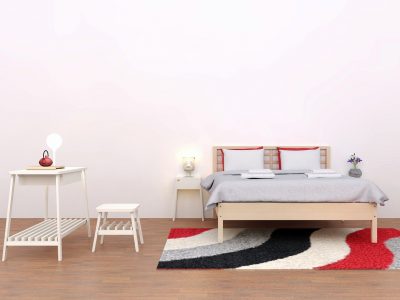Designing our bedroom to match our preferences can be challenging. It’s often a dilemma between choosing a modern or traditional approach. Regardless, we all want it to turn out just the way we envisioned it. Although, some people might find it convenient to walk into a store or browse online and pick the first bed that catches their eye, knowing it will fit perfectly in their bedroom.
However, the reality is far from simple. Purchasing a bed requires consideration of several factors, and it’s common to overlook some while focusing on others. Here are some essential things to keep in mind while buying a new bed that you might have overlooked:
Sleeping Position
Considering your sleeping position when buying a bed is important because it affects how your body is supported during sleep. Different sleeping positions require different levels of support, and having the right level of support can help prevent discomfort and pain.
For instance, side sleepers may benefit from a softer mattress that can contour to their body and alleviate pressure points around their hips and shoulders. On the other hand, back sleepers may prefer a firmer mattress that can help keep their spine aligned and prevent lower back pain.
Stomach sleepers may need a firmer mattress as well to prevent their hips from sinking too deeply and causing strain on their lower back. However, some stomach sleepers may also find it more comfortable to use a thinner pillow or no pillow at all to keep their spine aligned.
When considering your sleeping position, it’s also essential to consider any existing medical conditions or injuries that may require specific support. Ultimately, the goal is to find a bed that can accommodate your sleeping position while providing the right level of comfort and support for a good night’s sleep.

A soft mattress will support comfort while you sleep. You also need to consider sleeping positions to avoid medical conditions or injuries that may require special support. Using this thick mattress will provide comfort so it is suitable for you to buy before filling your bedroom. Cozy Bed from @byrenderblog
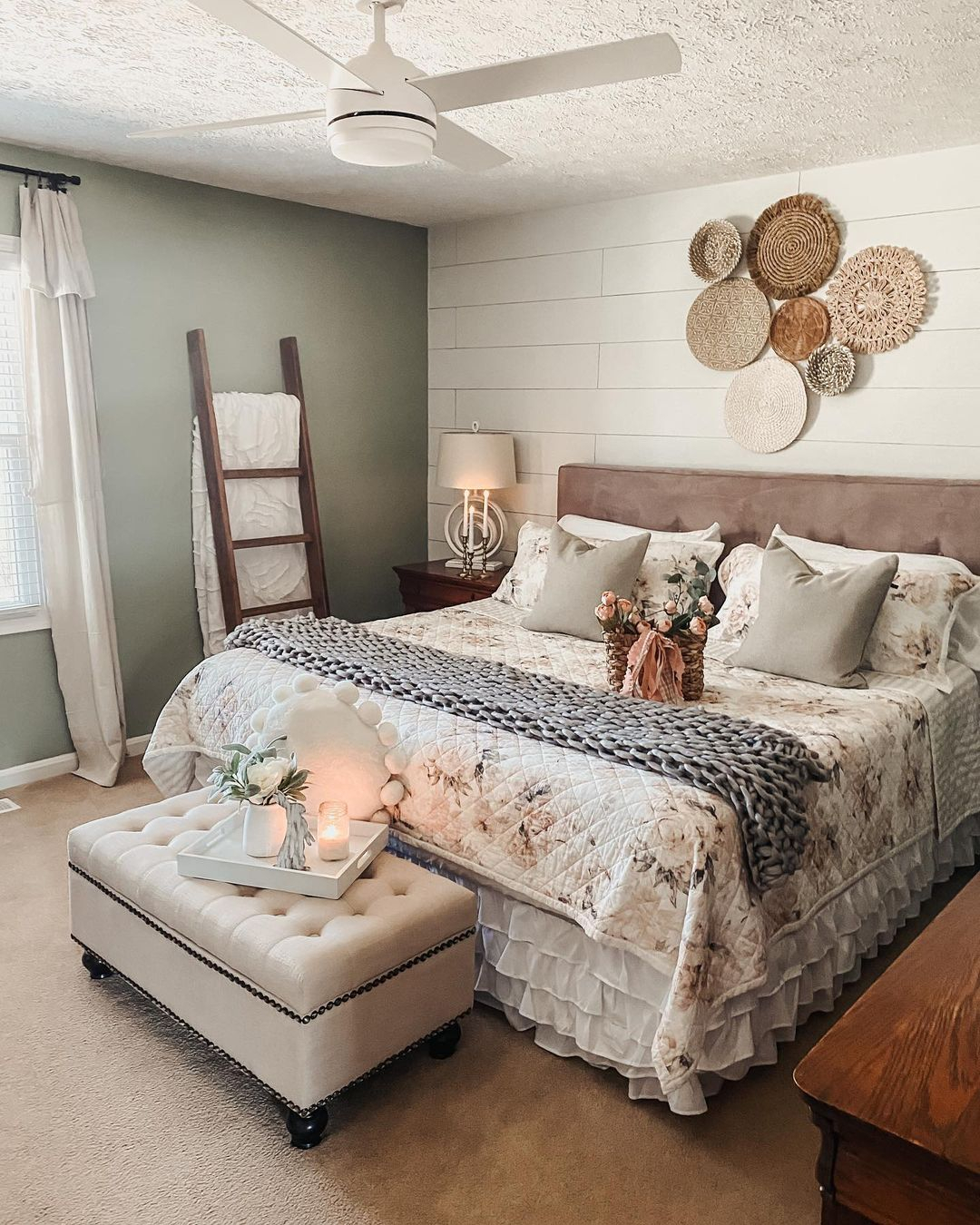
You can also try using a firmer mattress to prevent your hips from sinking too deep and causing lower back strain. However, thinner pillows or no pillow at all will keep the spine straight. Spring Bedroom from @themerrymorriscottage
The Size of the Room
Beds come in various sizes to accommodate different needs and preferences. The most common sizes are twin, full, queen, king, and California king. When selecting the size of your bed, you should consider the size of your room and your individual needs. If you have a small room, a twin or full-size bed may be more suitable for you. These sizes are ideal for single sleepers or couples who don’t need much space.
If you have a larger room or sleep with a partner, a queen or king-size bed may be more appropriate. Queen-size beds provide a bit more space than full-size beds, while king-size beds offer ample space for couples who prefer their own sleeping space. However, it’s essential to ensure that the bed size you choose fits comfortably in your room and doesn’t overcrowd it.
The California king-size bed is the longest and narrowest size, which makes it an excellent choice for taller individuals. However, due to its unique size, it may not be easy to find sheets or other bedding accessories that fit it comfortably.

The king bed offers ample space for couples who prefer their own bedroom. This will provide more space to sleep together. However, because of their unique size, it may not be easy to find sheets or other bedding that fits comfortably. Large Bed from @lofty_white
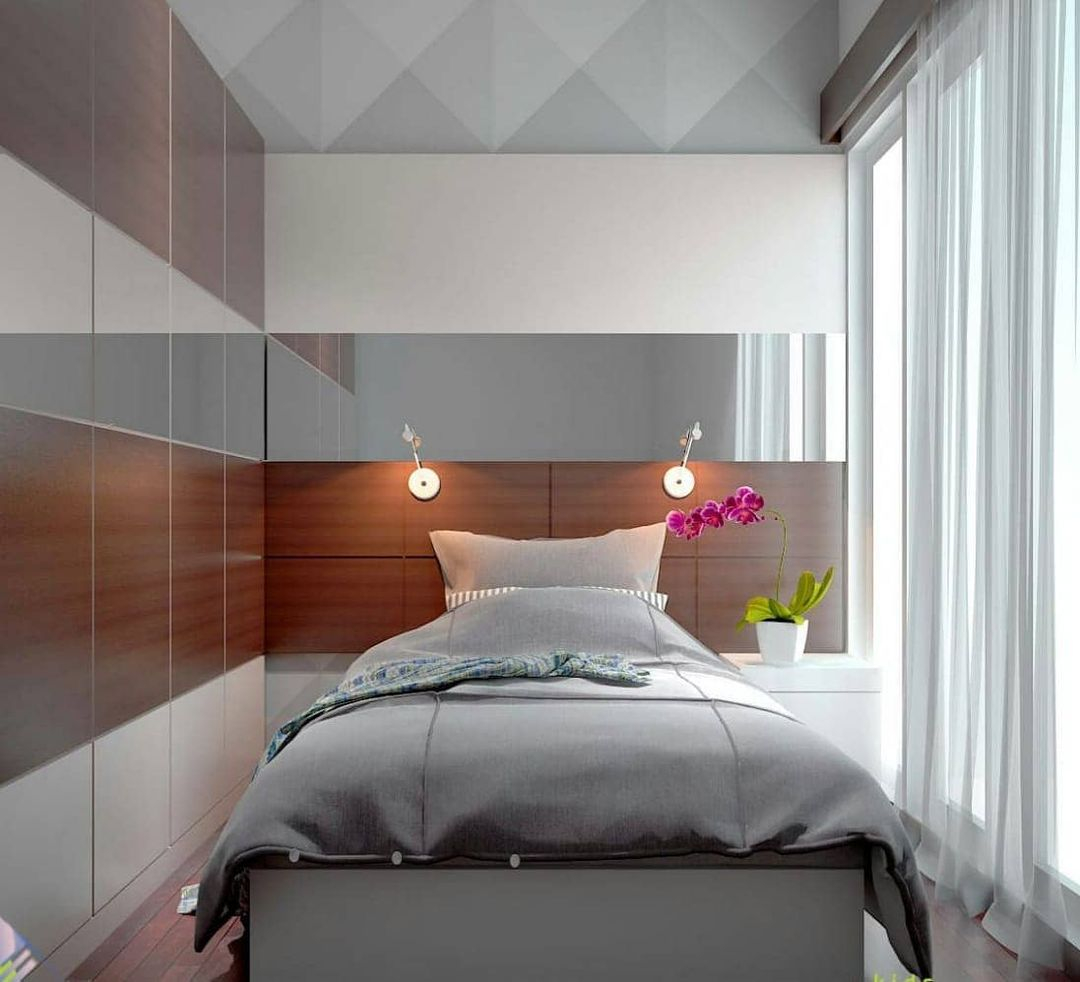
If you have a narrow bedroom, you can use a small bed set which will provide more space than a full size bed. This bed makes it an excellent choice for taller individuals. Single Bed from @galeo_homedecor
Test the Bed
When you lie down on the bed in your typical sleeping position, you can determine how well it aligns your spine and supports your body weight. Taking your time to test the bed will give you a better idea of how it feels and how well it supports your body. It’s essential to test the bed for at least 10 to 15 minutes to simulate how it would feel during an entire night’s sleep. If you’re buying a bed with a partner, it’s recommended to test it together to ensure that it provides enough space and support for both of you.

Before buying a bed, make sure you have tested the bed yourself. Test the bed for at least 10 to 15 minutes to simulate what it’s like to sleep through the night. Thick Bed from @pequenasalegriasdomorar
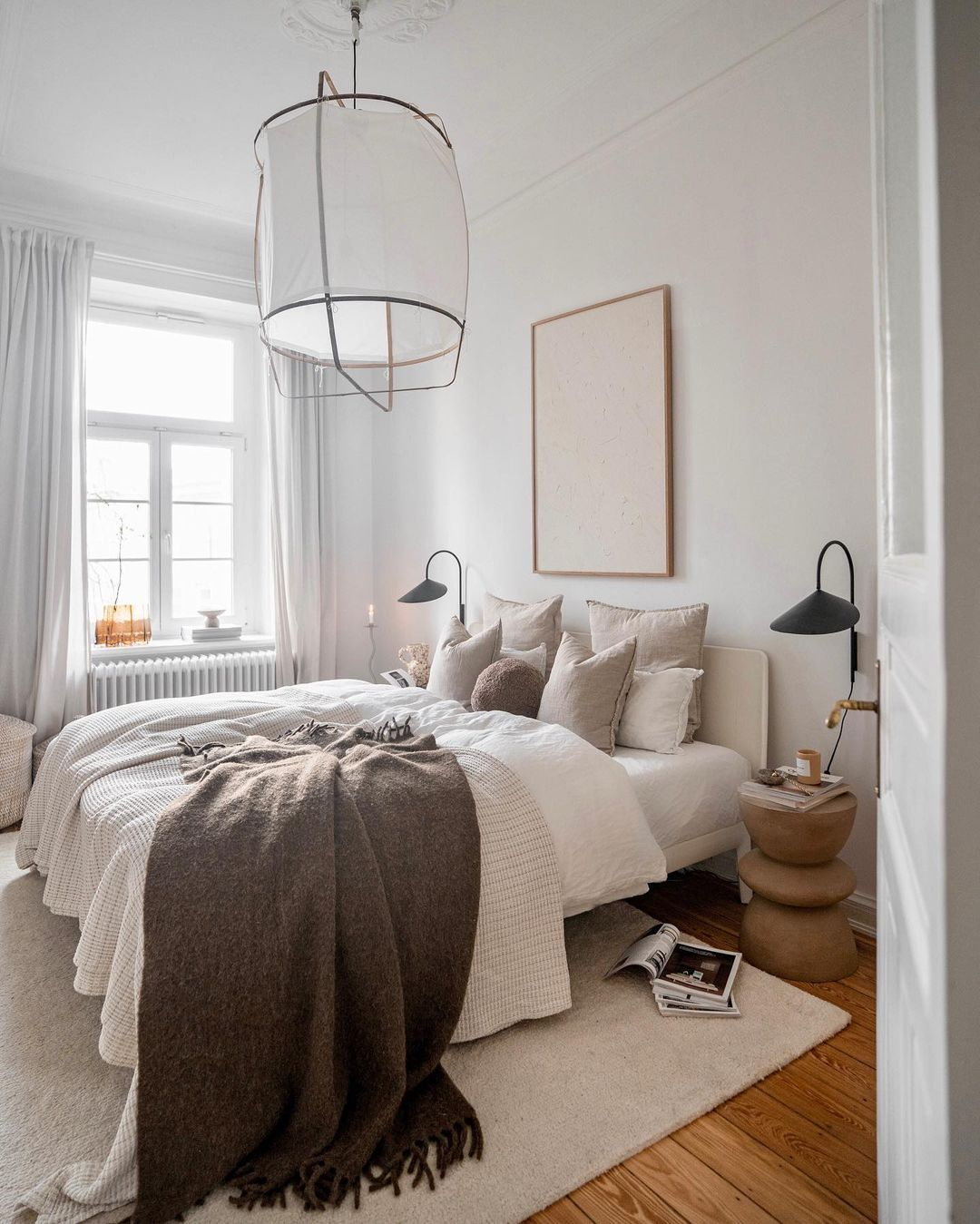
Taking your time to test the bed will give you a better idea of what a comfortable bedroom feels like. You can buy thick and wide beds if you are a couple. it is recommended to test them together to make sure they provide enough space and support for both of you. Scandi Bedroom from @scandinavian.interior
Consider the Material
When buying a bed, it’s not only important to consider the material of the mattress but also the material of the bed frame itself. The material of the bed frame can affect the durability, comfort, and overall aesthetics of the bed.
Common bed frame materials include wood, metal, and upholstered frames. Wooden bed frames offer a natural and traditional look, and they’re often made from solid wood or engineered wood. Metal bed frames are sturdy and can be more affordable than other materials, and they come in different styles, such as iron or brass. Upholstered bed frames provide a luxurious and comfortable feel and are often padded and covered in fabric.
It’s important to research and consider the materials of the bed frame that suit your individual needs, such as your preferred style, budget, and the weight and size of the mattress. Additionally, make sure that the bed frame is compatible with the mattress and provides enough support for a good night’s sleep.

You also need to pay attention to the material of the bed frame itself before buying. Like the picture above, buying a bed made of wood will last a long time and give a natural touch to the whole room. Upholstered bed frames give a luxurious and comfortable feel and are often soft and upholstered. Wooden Bed Frame from @aadityainteriors

Buying metal bed frames is sturdy and more affordable than other materials, and they come in a variety of styles. Make sure the bed frame is compatible with the mattress and provides enough support for a good night’s sleep. Wrought Iron Bed Frame from @sigmines_minis
Set A Budget
When buying a bed, it’s important to set a budget for yourself to avoid overspending. Beds can vary in price from a few hundred dollars to thousands of dollars, depending on the materials and features of the bed.
Setting a budget can help you narrow down your options and focus on beds that are within your price range. Additionally, it’s important to consider the longevity of the bed when setting your budget. Investing in a higher quality bed may cost more upfront, but it can save you money in the long run by lasting longer and requiring fewer replacements. Overall, setting a budget and considering the longevity of the bed can help you get the best value for your money and make a more informed decision when buying a bed.

When buying a bed you need to consider the longevity of the bed when setting your budget. Choosing a soft and thick mattress has a high market price, so it is suitable for you to apply to your luxury mattress. Expensive Bedding Set from @luxrevive
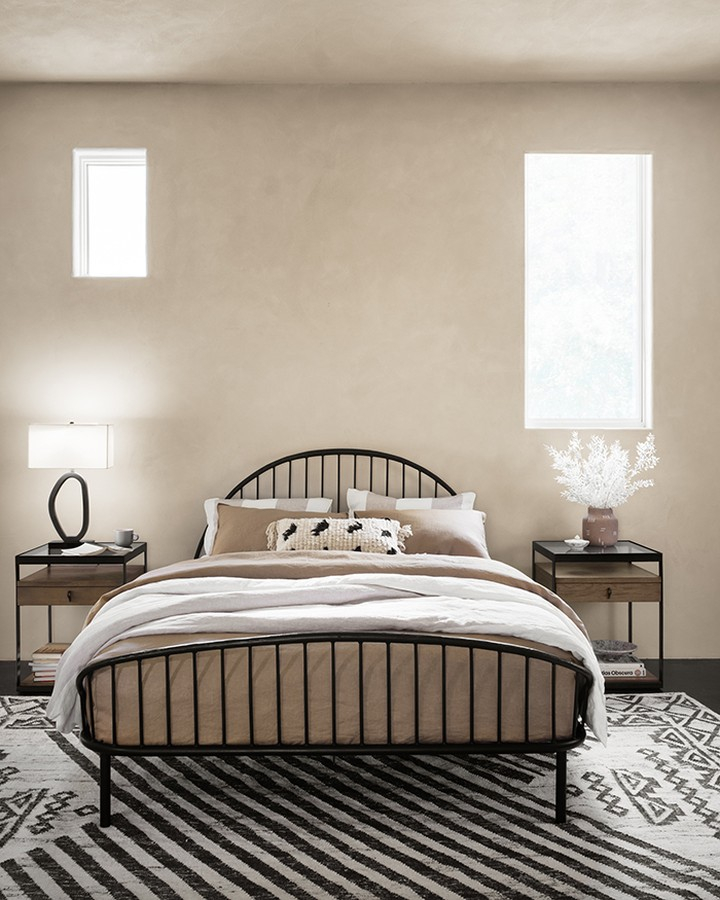
Buying a bed from a thrift store will save your budget when it comes to decorating bedroom. You can buy a cast iron bed frame for cheap and save money in the long run by lasting longer and requiring fewer replacements. Bedding Set On Budget from @interiorhomescapes
Check the Warranty and Return Policy
Before purchasing a bed, it’s important to check the warranty and return policy. The warranty can vary by manufacturer and can cover defects in materials and workmanship for a specific period of time. Knowing the warranty can give you peace of mind and help you determine if the bed is a good investment.
Additionally, it’s important to understand the return policy of the retailer or manufacturer. This can be especially important if you’re buying the bed online and can’t test it before purchasing. The return policy should outline the timeframe for returns, any restocking fees, and any requirements for returning the bed in its original packaging.
By checking the warranty and return policy before purchasing, you can ensure that you have protection and recourse should any issues arise with the bed after purchase.








